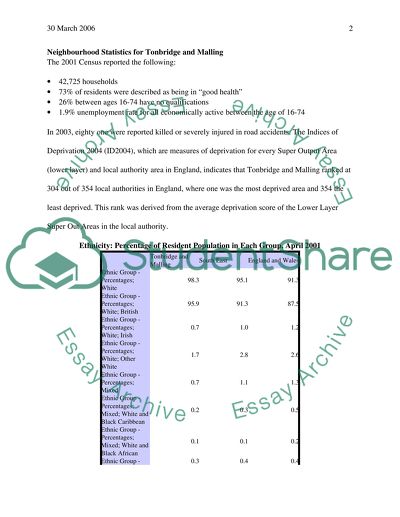Cite this document
(“Health profile assignment - Tonbridge Area Essay”, n.d.)
Health profile assignment - Tonbridge Area Essay. Retrieved from https://studentshare.org/miscellaneous/1536410-health-profile-assignment-tonbridge-area
Health profile assignment - Tonbridge Area Essay. Retrieved from https://studentshare.org/miscellaneous/1536410-health-profile-assignment-tonbridge-area
(Health Profile Assignment - Tonbridge Area Essay)
Health Profile Assignment - Tonbridge Area Essay. https://studentshare.org/miscellaneous/1536410-health-profile-assignment-tonbridge-area.
Health Profile Assignment - Tonbridge Area Essay. https://studentshare.org/miscellaneous/1536410-health-profile-assignment-tonbridge-area.
“Health Profile Assignment - Tonbridge Area Essay”, n.d. https://studentshare.org/miscellaneous/1536410-health-profile-assignment-tonbridge-area.


